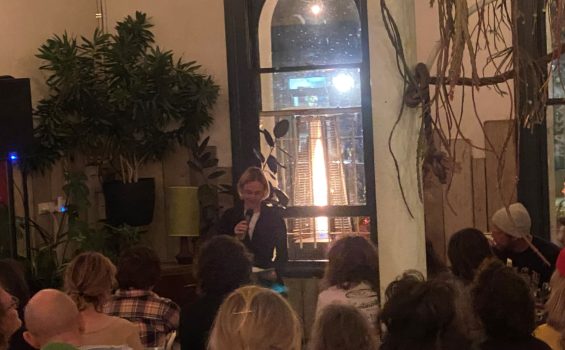
What Perth could learn from Rotto
26 September 2024
Rottnest Island exemplifies sustainable urbanism despite, ironically, sitting off the coast of one of the world’s least sustainable cities, Perth.
For a start, Rottnest has a percentage of travel by bike that exceeds the world’s iconic cycling cities. On Rotto the majority of people travel a bike each day. Copenhagen might be a world-leading cycling city but it doesn’t come close to cycling rates on Rotto.
Back on the mainland mode share for cycling is one of the lowest in the world and low even by Australian standards sitting at a dismal 1.4% of trips.
When you ride into each of the settlements be it Thompson, Geordie, or Kingston you see signs that slow speeds from 40kmh the max on the island, down to 20kmh, and then 10kmh shared zones. As a result, bikes, utes, buses, and people all mingle together safely on the roads.

Back on the mainland, it is largely reversed with the slowest speeds being 40kmh. As a result, Perth’s roads feel unsafe for cycling as cars speed though our centres.
Rottnest goes beyond to global aspiration of a 15-minute city, it’s far better than that. It operates more like a five or ten-minute city in which everything you need on a daily basis is a short bike or ride away, supermarket, café, bakery and restaurant.
Back on the mainland Perth was recently rated a poorly 24-minute city, one of the lowest ranked not only in Australia but the Western world.
One reason things are close and convenient is that Rottnest is well-planned, with clear boundaries of where housing can go. Also Rotto’s housing is relatively dense. The housing of Rottnest is double the density of most of Perth and with a smaller housing footprint, it means that everything you need is closer by.
Powering this good urban design is locally produced renewable energy. You can see the wind turbine making your electricity over your back fence. Rotto is on track to be 75% renewable energy in a couple of years.
On the mainland renewable energy is half that and the clean energy transition is painfully slow.

Rottnest brings together the best elements of sustainable urbanism to create a place that touches this beautiful island lightly. Not only does it protect its unique natural environment but it creates a great place to be. People ride, walk, and mingle on the streets because they are safe and slow and aren’t dominated by cars.
My daughter learned to ride without trainer wheels on Rottnest last year because the streets were such a safe place. This year I watched her and her mates take off by themselves and ride around the settlement, often not to go anywhere, but just for the fun of the ride. Seeing them experience this freedom is joyful.
Rottnest raises the obvious question: why can’t we create places like this on the mainland of WA?
There’s no reason why it can’t be done. Cities from Copenhagen to Utrecht and even Paris have done it or are doing it.
But it takes a plan involving gentle density and connected communities and roads with slower speeds focused on people walking and riding. Add in lots of renewable energy and we can see how cities can be part of the solution to the climate challenge while being better places to live.
This kind of urban thinking could take Perth from being one of the least sustainable cities in the world to one of the most. We just need to look West for inspiration.


Discussion